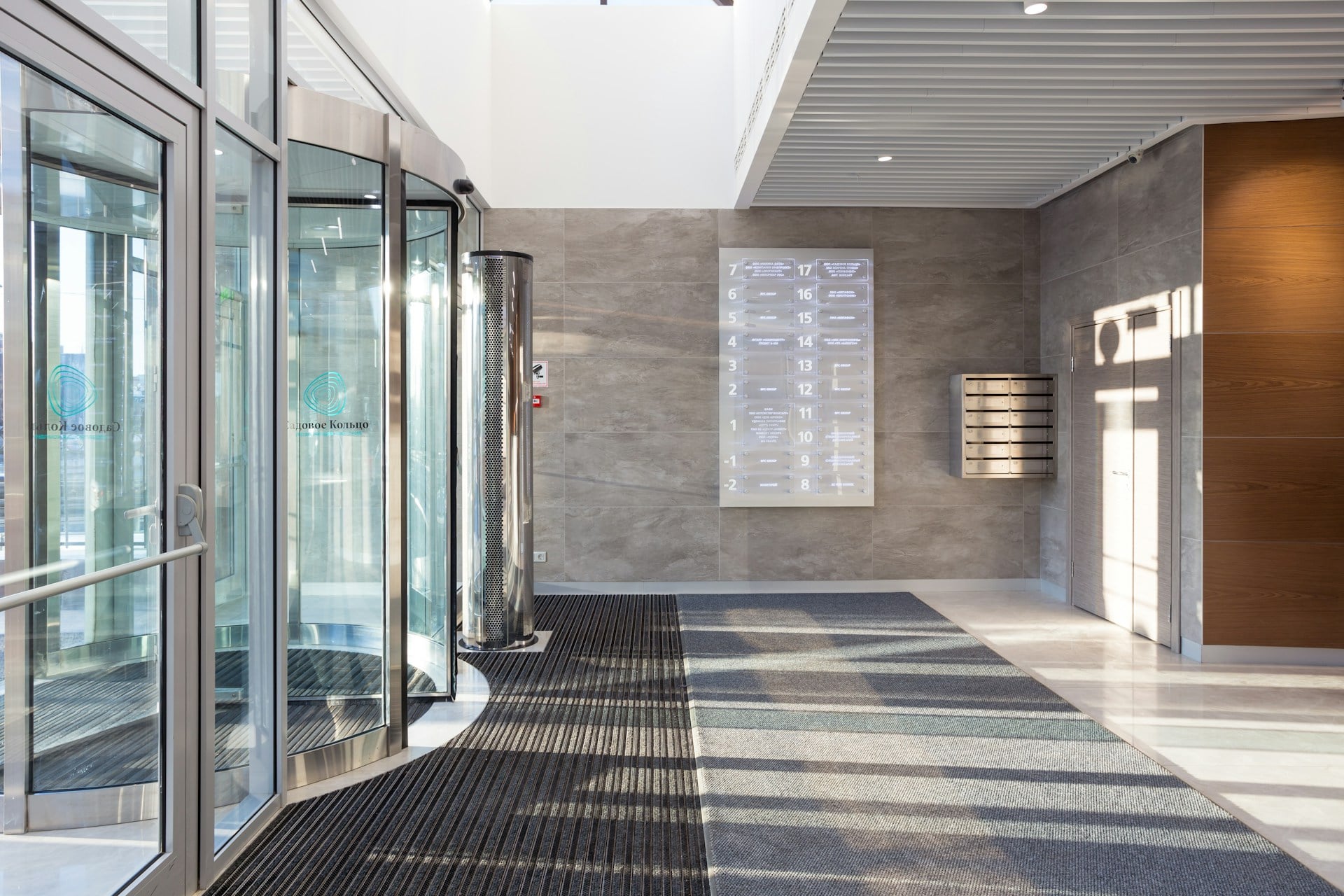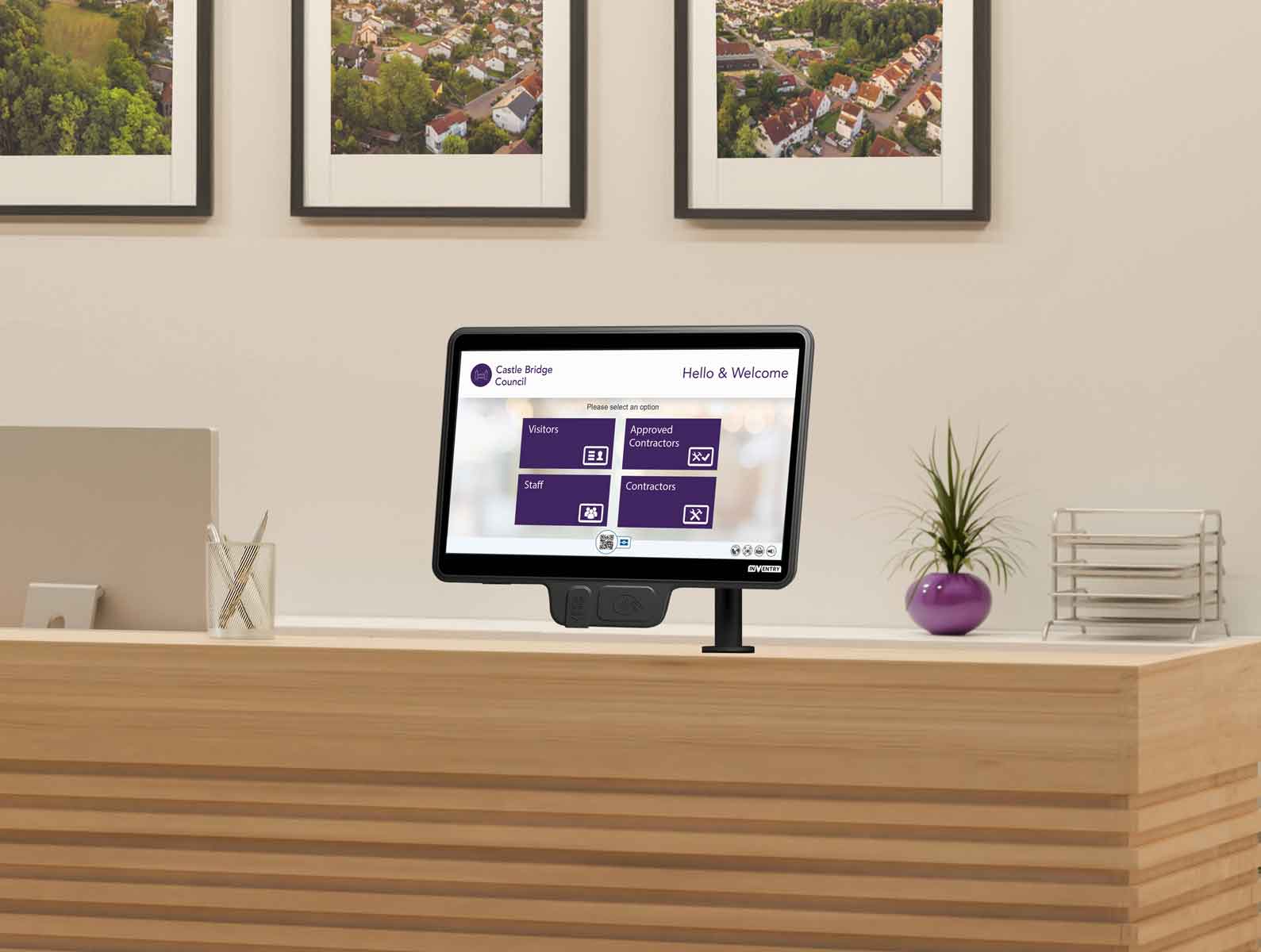As businesses strive to reduce their environmental impact and ask how do you create a sustainable workplace, technology can play a vital role in helping them to create sustainable workplaces. From energy-efficient systems to smart visitor management, technological innovations can help companies lower their carbon footprint, enhance efficiency, and promote a greener office environment. Here are several ways technology can contribute to building a sustainable workplace.
1. Implement Smart Energy Management Systems
One of the most significant ways to reduce energy consumption in the workplace is through smart energy management systems. These systems use sensors and automation to monitor and control energy use in real time. For example, smart thermostats can adjust heating and cooling based on occupancy, ensuring that energy is not wasted in unoccupied spaces. Automated lighting systems can also dim or turn off lights when no one is present, significantly reducing electricity use.
2. Adopt Cloud Computing and Virtual Collaboration Tools
Cloud computing and virtual collaboration tools can reduce the need for physical office space, leading to lower energy consumption and less waste. By storing data in the cloud, companies can reduce their reliance on physical servers, which consume a significant amount of energy. Additionally, virtual meetings and collaboration platforms reduce the need for travel, cutting down on the carbon emissions associated with commuting and business trips.
3. Utilise Sustainable Materials and IoT Technology
The Internet of Things (IoT) technology can support sustainability efforts by optimising the use of resources and materials. IoT devices can monitor water usage, track energy consumption, and even manage waste disposal processes more efficiently. For example, smart water systems can detect leaks and reduce water waste, while IoT-enabled recycling bins can sort and manage waste more effectively, ensuring that recyclable materials are properly processed.
4. Introduce Smart Visitor Management and Sustainable Workplace Systems
Visitor management systems are an essential component of a sustainable workplace. These systems not only streamline the check-in process but also contribute to reducing paper waste and improving energy efficiency. Digital visitor management systems replace traditional paper logs with electronic check-ins, eliminating the need for printed badges or forms. They can also be integrated with building management systems to control access to certain areas, reducing the need for constant monitoring and thus saving energy.
5. Promote Remote Work and Flexible Schedules
Technology enables remote work and flexible scheduling, which can significantly reduce a company’s environmental impact. By allowing employees to work from home, businesses can lower the energy usage associated with maintaining large office spaces. Additionally, remote work reduces the need for daily commuting, which decreases carbon emissions from transportation. Flexible schedules can also help in reducing peak energy usage in offices, contributing to overall energy savings.
6. Optimise Office Space with Smart Layouts
The use of technology in office design can lead to more efficient use of space, further promoting sustainability. Smart layouts can optimise natural light, reducing the need for artificial lighting during the day. Additionally, space management software can track the usage of different areas in the office, allowing companies to downsize or repurpose underutilised spaces, which in turn reduces the overall energy consumption of the building.
7. Encourage Sustainable Workplace Behaviours with Technology
Technology can also be used to encourage sustainable behaviours among employees. For example, apps and software can track and display real-time energy usage in the office, making employees more aware of their consumption patterns. Gamification can be introduced to reward energy-saving behaviours, such as turning off unused equipment or participating in company-wide sustainability initiatives. These tools can foster a culture of sustainability within the workplace.
8. Integrate Renewable Energy Sources
Integrating renewable energy sources into the workplace is another way technology can support sustainability. Solar panels, wind turbines, and geothermal systems can be managed with smart technology to optimise their efficiency. For example, energy management systems can prioritise the use of renewable energy over grid power when available, reducing the reliance on fossil fuels and lowering the overall carbon footprint of the office.
Technology is a powerful tool for creating environmentally sustainable workplaces. By adopting smart energy management systems, cloud computing, IoT devices, and smart visitor management systems, companies can significantly reduce their environmental impact. Furthermore, promoting remote work, optimising office layouts, encouraging sustainable workplace behaviours, and integrating renewable energy sources are all steps that technology can facilitate. Embracing these innovations not only contributes to a greener planet but also enhances efficiency and cost-effectiveness in the workplace.
How InVentry’s Sustainable Workplace can help
InVentry’s sign-in solution can help enhance your sustainability. Contact our team today to discuss how our visitor management software can help you provide a welcoming experience whilst creating sustainable workplaces.



